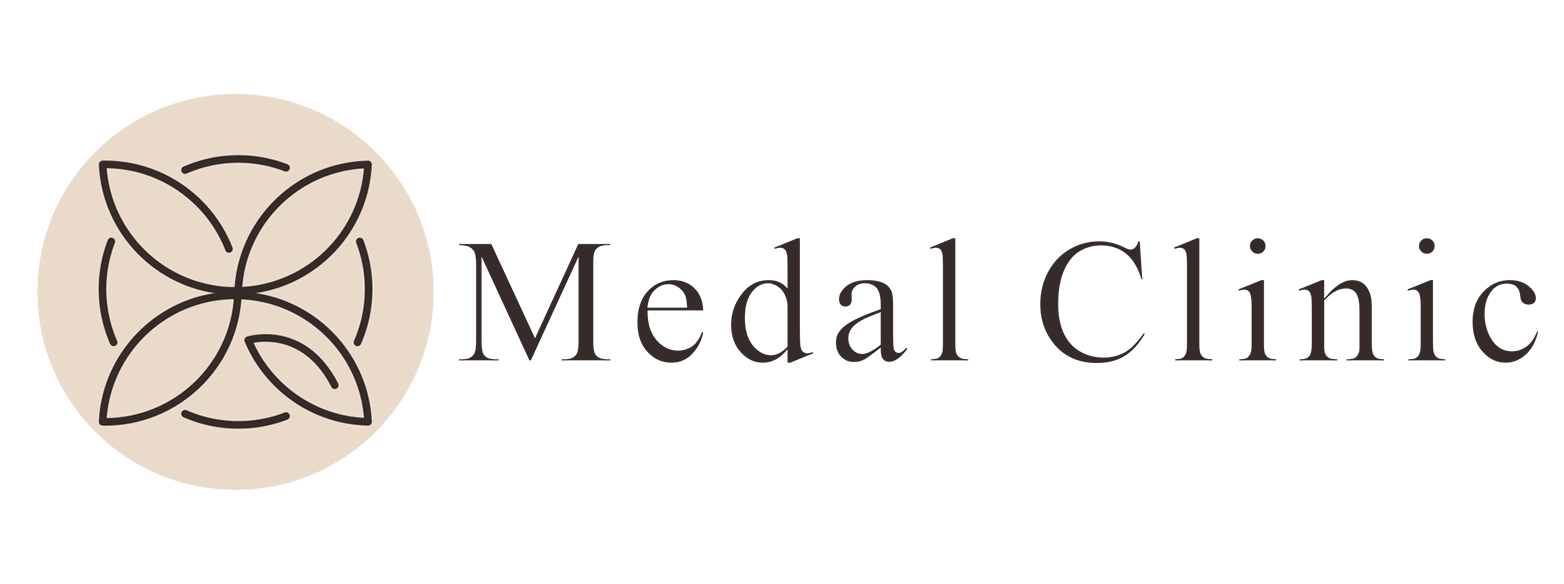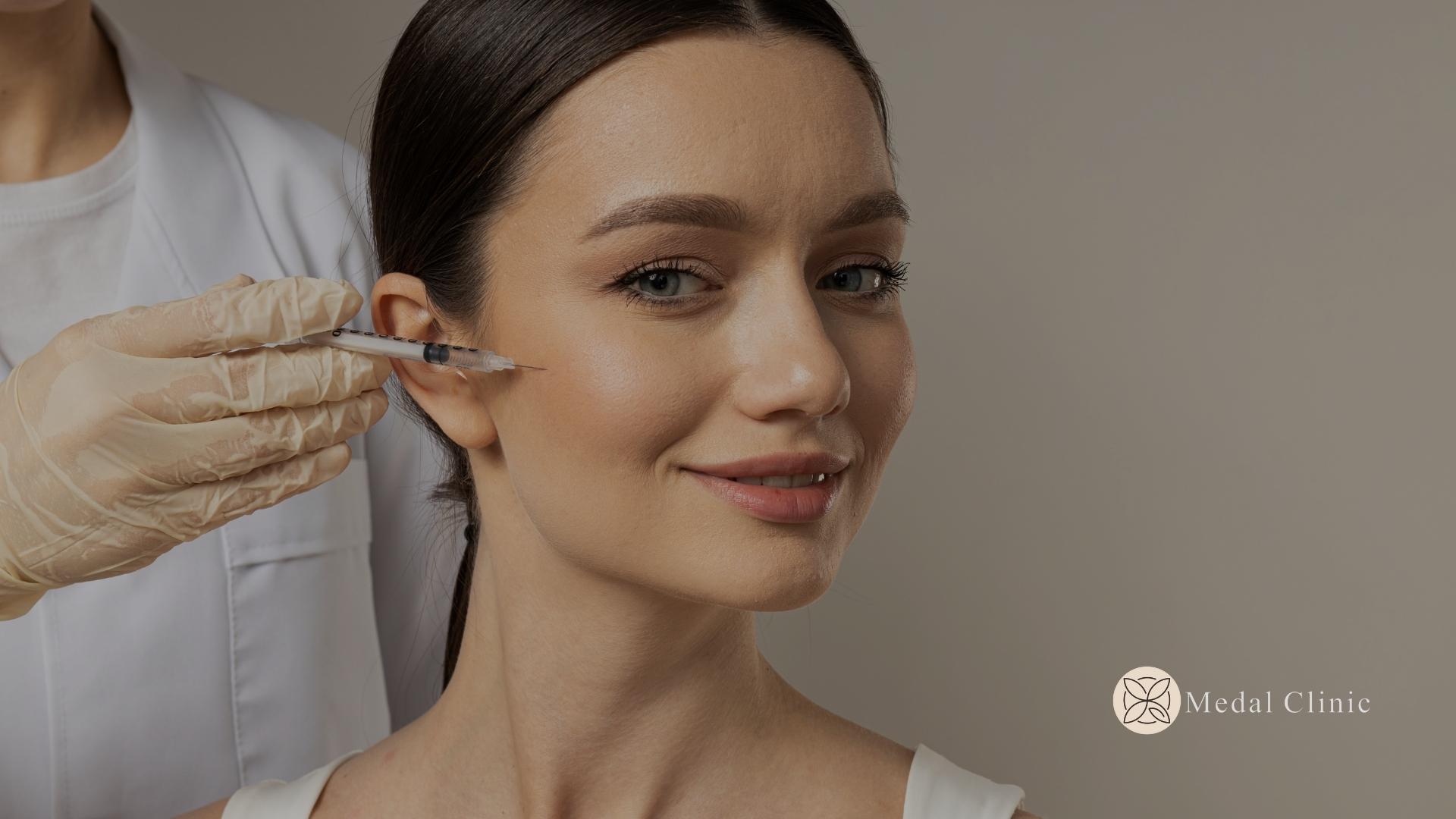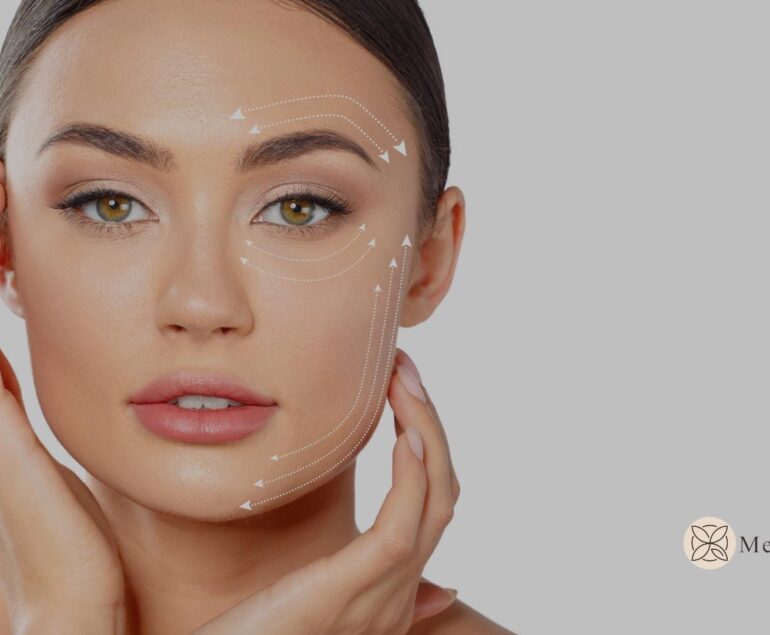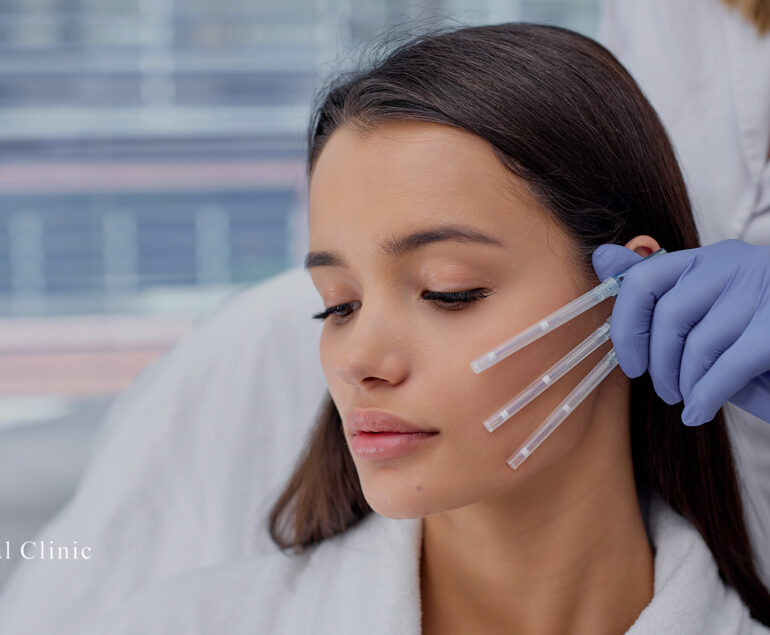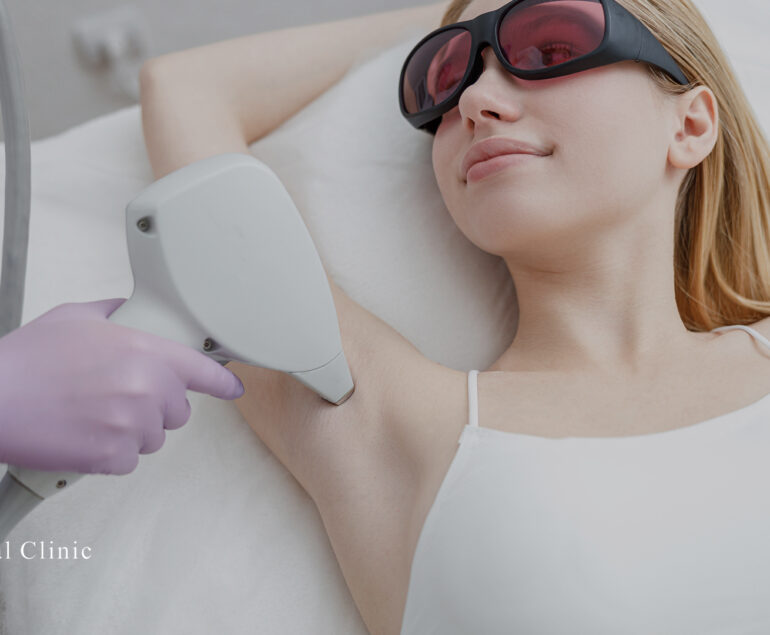Botox and Filling Applications: How Does It Work and Which Areas Is It Applied To?
In recent years, cosmetic treatments have gained significant popularity, with individuals seeking non-surgical procedures to enhance their appearance and address specific aesthetic concerns. Botox and fillers have emerged as two widely sought-after treatments, offering effective solutions for reducing wrinkles, restoring volume, and rejuvenating the face. In this blog, we will explore how these treatments work and the various areas of application for both Botox and fillers.
Understanding Botox:
Botox, short for Botulinum Toxin, is a purified protein derived from the bacterium Clostridium botulinum. It is widely used in cosmetic procedures to temporarily paralyze or weaken muscles, resulting in the smoothing of fine lines and wrinkles. Botox works by blocking the release of acetylcholine, a neurotransmitter responsible for muscle contraction, thereby reducing muscle activity in the treated area.
Areas of Application for Botox:
Forehead Lines and Frown Lines: Botox is commonly used to diminish the appearance of horizontal forehead lines and vertical frown lines between the eyebrows (often referred to as “11 lines”). By relaxing the muscles responsible for these lines, Botox can create a smoother and more youthful-looking forehead.
Crow’s Feet: The wrinkles that appear at the outer corners of the eyes, known as crow’s feet, can also be effectively treated with Botox. By targeting the muscles responsible for these wrinkles, Botox can soften their appearance, resulting in a more rejuvenated and alert look.
Brow Lift: Botox can be strategically injected into the muscles around the eyebrows to create a subtle lifting effect. This technique can raise the brow position, open up the eye area, and reduce the appearance of droopy or hooded eyelids.
Bunny Lines and Nasal Flare: Bunny lines refer to the horizontal wrinkles that appear on the nose when one scrunches it. Botox can be used to soften these lines, providing a smoother appearance. Additionally, Botox injections at the base of the nose can reduce nasal flare, resulting in a more balanced and aesthetically pleasing nasal appearance.
Understanding Fillers:
Dermal fillers are gel-like substances that are injected beneath the skin’s surface to restore volume, smoothen wrinkles, and enhance facial contours. They typically consist of hyaluronic acid, a naturally occurring substance in the body that helps maintain hydration and elasticity.
Areas of Application for Fillers:
Nasolabial Folds: Also known as smile lines or laugh lines, these are the creases that run from the sides of the nose to the corners of the mouth. Fillers can be used to plump up these folds, resulting in a more youthful appearance.
Cheeks: As we age, the natural volume in our cheeks diminishes, leading to a sunken or hollowed-out appearance. Fillers can be used to restore volume and enhance cheek contours, providing a more lifted and youthful look.
Lips: Lip fillers have gained immense popularity for enhancing lip volume, improving symmetry, and defining the lip borders. They can help achieve fuller, plumper lips, creating a more attractive and youthful smile.
Marionette Lines: These lines extend downward from the corners of the mouth, giving the appearance of a downturned expression. Fillers can be used to soften these lines, restoring a more vibrant and pleasant facial expression.
In Conclusion:
Botox and fillers have revolutionized the field of non-surgical cosmetic treatments, offering individuals a range of options to address specific aesthetic concerns. Botox effectively relaxes muscles and reduces the appearance of fine lines and wrinkles, while fillers restore volume, smoothen contours, and enhance facial features. From forehead lines to nasolabial folds, these treatments can be tailored to target various areas of concern, helping individuals achieve a more youthful and rejuvenated appearance.
It is important to note that Botox and filler treatments should be administered by qualified medical professionals who possess the necessary expertise and experience. Consultation with a healthcare provider is crucial to determine the most appropriate treatment plan based on individual goals and expectations.
FAQ's
What is the difference between Botox and fillers?
Botox is a purified protein that temporarily relaxes muscles, reducing the appearance of wrinkles caused by muscle contractions. Fillers, on the other hand, are gel-like substances that restore volume, smoothen wrinkles, and enhance facial contours by adding volume beneath the skin.
How long do the effects of Botox and fillers last?
The effects of Botox typically last for three to six months, depending on the individual and the treated area. Fillers have varying durations of effectiveness, with results typically lasting between six months to two years, depending on the type of filler used and the area of treatment.
Are Botox and fillers safe?
When administered by qualified medical professionals, Botox and fillers are generally considered safe. However, as with any medical procedure, there are potential risks and side effects. It is crucial to consult with a trained healthcare provider to discuss any potential risks and determine if these treatments are suitable for you.
Do Botox and fillers require downtime?
Botox and fillers are non-surgical procedures that require little to no downtime. Most individuals can resume their daily activities immediately after treatment. However, it is advisable to avoid intense physical activity, excessive sun exposure, and certain medications that can increase the risk of bruising for a short period following treatment.
re Botox and fillers painful?
Discomfort during Botox and filler treatments is typically minimal. The injections are performed using small needles, and some individuals may experience slight temporary discomfort or a stinging sensation. Most healthcare providers apply numbing creams or use ice to minimize any potential discomfort.
Can Botox and fillers be combined with other cosmetic treatments?
Yes, Botox and fillers can be combined with other cosmetic treatments to achieve comprehensive results. Common combinations include Botox with dermal fillers for addressing both dynamic wrinkles (caused by muscle movement) and static wrinkles (caused by volume loss), or combining fillers with other treatments like laser resurfacing for enhanced skin rejuvenation.
Are the results of Botox and fillers reversible?
The effects of Botox are not permanent but are temporary and gradually wear off as the muscle activity returns. Fillers, depending on the type used, may be reversible in certain cases. Hyaluronic acid fillers, for example, can be dissolved using an enzyme called hyaluronidase if necessary.
